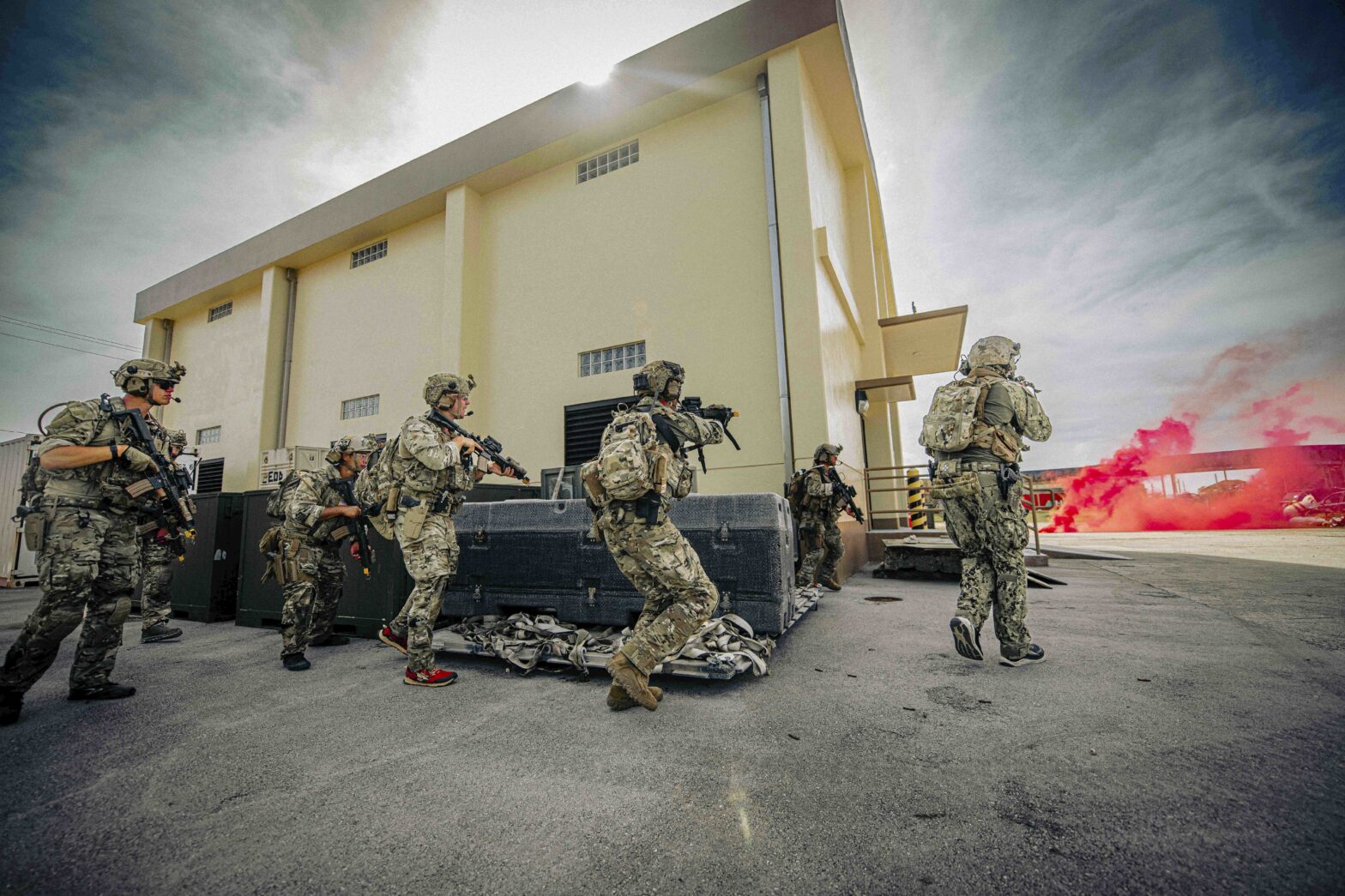One strategy researchers are using to identify subtle impacts of subconcussions is to look at changes in brain functional connectivity. Essentially this is looking at changes in which the brain is communicating.
A study done on Canadian Special Operations Forces (CANSOF) included breachers and snipers who had an average of around 10 years of exposure to repeated head trauma and compared them to controls. They found significant differences in the way the brain communicates in regions responsible for visual stimuli processing, working memory, spatial processing, and attention. [1]
Another study done on US Iraq and Afghanistan Veterans found that those with close-range (<10m) blast exposures had changes to the resting state brain activity even with no concussion symptoms at the time. They had significant changes in the brain regions that are responsible for the function of the somatosensory system and motor control. [2]
The somatosensory system is one of three sensory systems vital for motor control, the other two are the vestibular and visual systems.
Speed and precision of movement are dependent on motor control.
References:
- Champagne, A. A., Coverdale, N. S., Ross, A., Murray, C., Vallee, I., & Cook, D. J. (2021). Characterizing changes in network connectivity following chronic head trauma in special forces military personnel: a combined resting‐fMRI and DTI study. Brain injury, 35(7), 760‐768.
- Robinson, M. E., Lindemer, E. R., Fonda, J. R., Milberg, W. P., McGlinchey, R. E., & Salat, D. H. (2015). Close‐range blast exposure is associated with altered functional connectivity in veterans independent of concussion symptoms at time of exposure. Human brain mapping, 36(3), 911‐922.
